Assoc. Prof. Dr. Tran Xuan Nhi - former Deputy Minister of Education and Training : Efficiency from a streamlined apparatus and clear hierarchy

In my opinion, the merger of provinces and cities and the implementation of the two-tier government model from July 1, 2025 have brought many new opportunities for the education sector in the future. With the new model, schools will be transferred from the district level to the commune level for management according to administrative boundaries. This helps the commune-level government to be closer to school activities, thereby being able to make quick decisions, suitable to local practical conditions.
With direct management from the commune level, educational institutions can be more proactive in developing and implementing educational plans, using resources effectively and solving problems more flexibly. In addition, the authority to organize competitions for excellent teachers and excellent homeroom teachers will be carried out by the People's Committee at the commune level. This helps to promote decentralization and reduce unnecessary administrative procedures.
The merger of administrative units and the streamlining of the two-level government also helps eliminate overlaps and duplication in the education management apparatus at all levels; thereby streamlining the payroll, saving the budget and improving operational efficiency. When the apparatus is streamlined and clearly decentralized, the allocation of budget, facilities and teaching staff can be done more effectively, focusing on places where it is really needed, especially difficult and merged areas.
In particular, the Law on Teachers was recently passed by the National Assembly and will take effect from July 1, 2026. According to the provisions of this Law, the Department of Education and Training has the authority to unify the arrangement, mobilization, secondment, and development of the teaching staff throughout the province to ensure balance and effectively handle the situation of teacher surplus and shortage. In the context of merging provinces and cities and implementing a two-level government model, I believe that it will create a streamlined, effective, and closer-to-the-people education management apparatus; thereby opening up many opportunities to improve the quality of education, develop the staff, and better meet the learning needs of the people in the new context.
Ms. Chau Quynh Dao - An Giang National Assembly Delegation: "Golden opportunity" to restructure, modernize, and substantially improve the quality of education
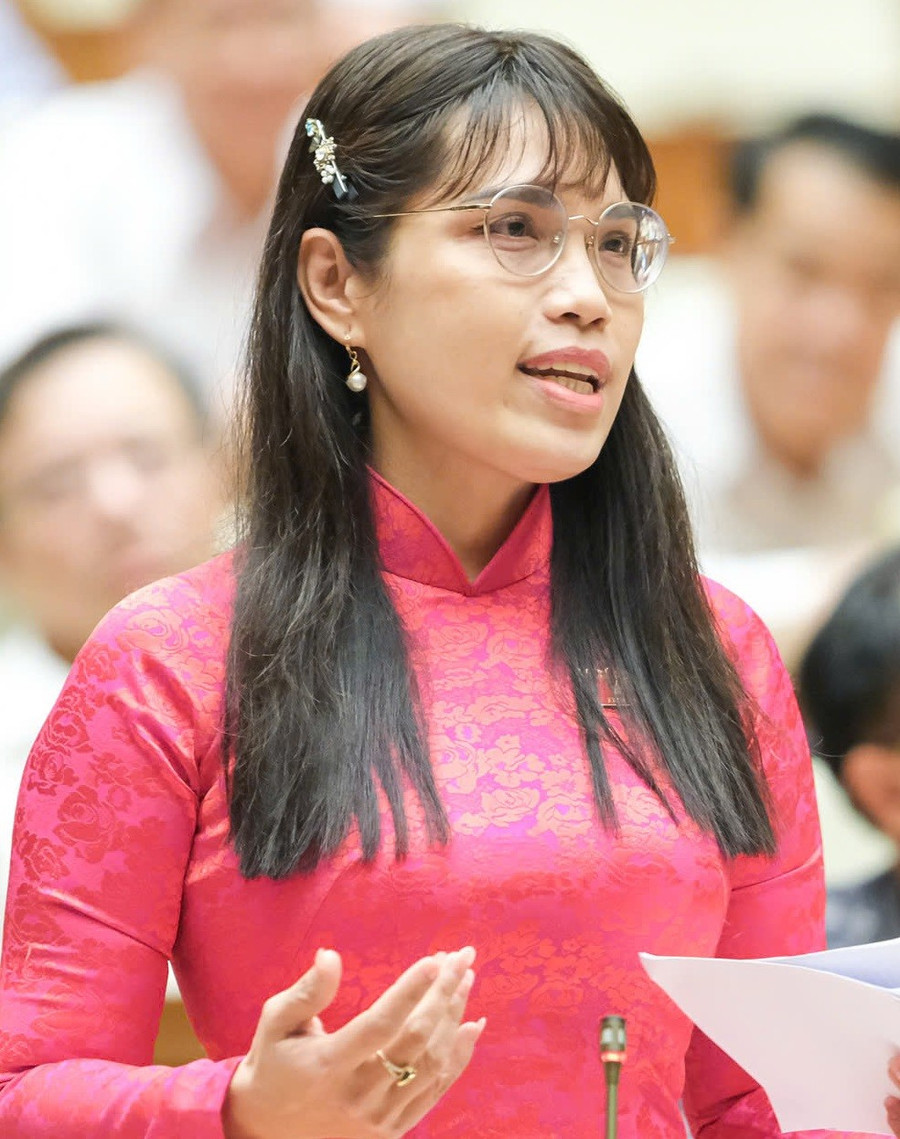
In my opinion, merging localities and implementing a two-level government model is not only an innovation in the State governance model, but also opens up many breakthrough opportunities for the education sector.
Firstly, the opportunity to streamline the apparatus - improve the efficiency of educational management. Previously, the local education sector operated at three levels: province - district - commune, with the system of education and training departments playing an intermediary role. After the merger, the provincial management agency directly directed to the educational institutions. This posed a great challenge, but also opened up a great opportunity to restructure the apparatus towards streamlining, efficiency, and reducing intermediary levels.
From a management perspective, shortening the intermediate level helps management orders to be communicated quickly, reducing the situation of "overlapping instructions", especially in the context of many educational policies that need to be implemented synchronously on a large scale, such as the 2018 General Education Program, digital transformation, and exam reform.
Second, re-planning the school network - developing a modern, sustainable system. The merger of administrative boundaries also creates conditions for re-planning the school network in a more fundamental and systematic way. Many localities previously had a small and scattered number of communes and schools, but after the merger, they can: Reduce unnecessary satellite schools, focus investment on central schools; form inter-level schools, key schools, convenient for management, teaching and using human resources; easily organize inter-school expertise, promote in-depth learning activities and share resources. This is a premise to improve the quality of education in remote areas, which have been scattered for many years due to large areas and sparse population.
Third, the opportunity to reallocate and effectively use educational resources. One of the important highlights is that the budget resources for education after the merger can be reallocated more flexibly. The communes and wards after the merger are larger in size and have larger populations, which means that the need for investment in education increases; creating conditions to better mobilize and exploit local resources such as: Land, socialized funding, educational volunteer teams... or can create large educational centers.
In addition, reducing administrative agencies helps save administrative budgets, which can then be redirected to more investment in renovating schools, purchasing equipment, and increasing teachers' income, especially in disadvantaged areas.
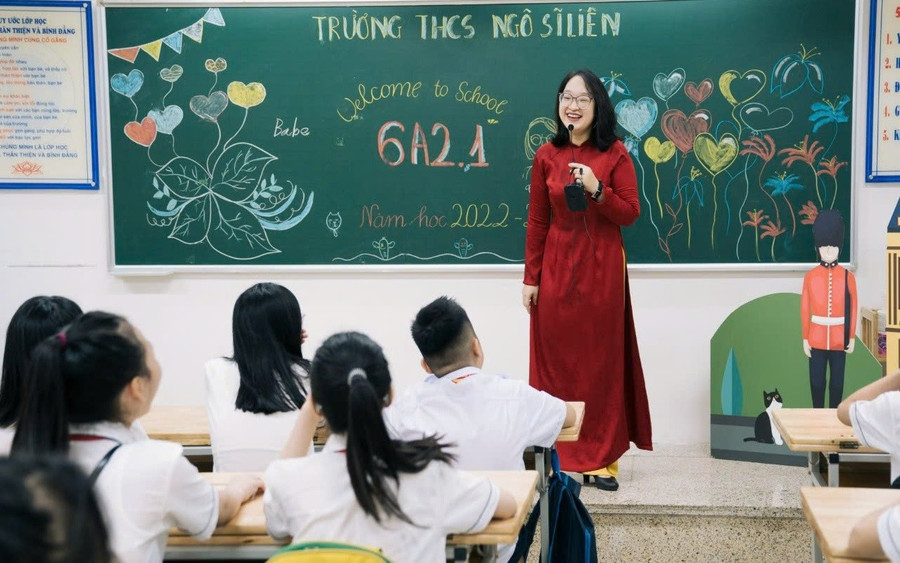
Fourth, the two-tier government model helps simplify the process of deploying information technology applications and digital transformation in education, because the implementation focal point is reduced and synchronization is increased. Many localities have successfully applied such as: Online education management system, including: Management of students, teachers, equipment, professional records; digital learning materials, smart classrooms such as: Helping to shorten the gap between regions; receiving feedback and evaluation from people about the quality of education through transparent public platforms, helping to enhance democracy and social supervision.
Fifth, expand the role of commune-level authorities, enhance autonomy and self-responsibility. Now, commune/ward authorities play a more important role in managing preschool, primary and secondary schools in the area. Thereby, creating conditions to promote proactiveness, flexibility and closeness to the people in educational management; at the same time, promote the participation of the community, parents, and social organizations in supporting schools; pilot the model of "schools associated with the community". Thereby contributing to building a more comprehensive and sustainable educational environment.
It can be said that the merger of localities and the implementation of a two-tier government is a strong step, in line with the requirements of national development in the new period. For the education sector, this is both a challenge in reorganizing the apparatus and decentralizing management, but at the same time a "golden opportunity" to restructure, modernize, and improve the quality of education.
However, I think the current issue is to carefully review the educational management organization model after the merger; strengthen the capacity of the leadership and management team at the commune level; supplement the inter-sectoral coordination mechanism, ensuring connectivity in direction and administration. Only by making good use of these opportunities can the education sector truly "resolve" the long-standing barriers regarding the school network, training quality and management efficiency.
Mr. Nguyen Minh Tuong - Director of the Department of Science and Technology of Phu Tho province, former Director of the Department of Education and Training of Phu Tho province: Streamlining the apparatus to create an effective, flexible, and practical educational management ecosystem
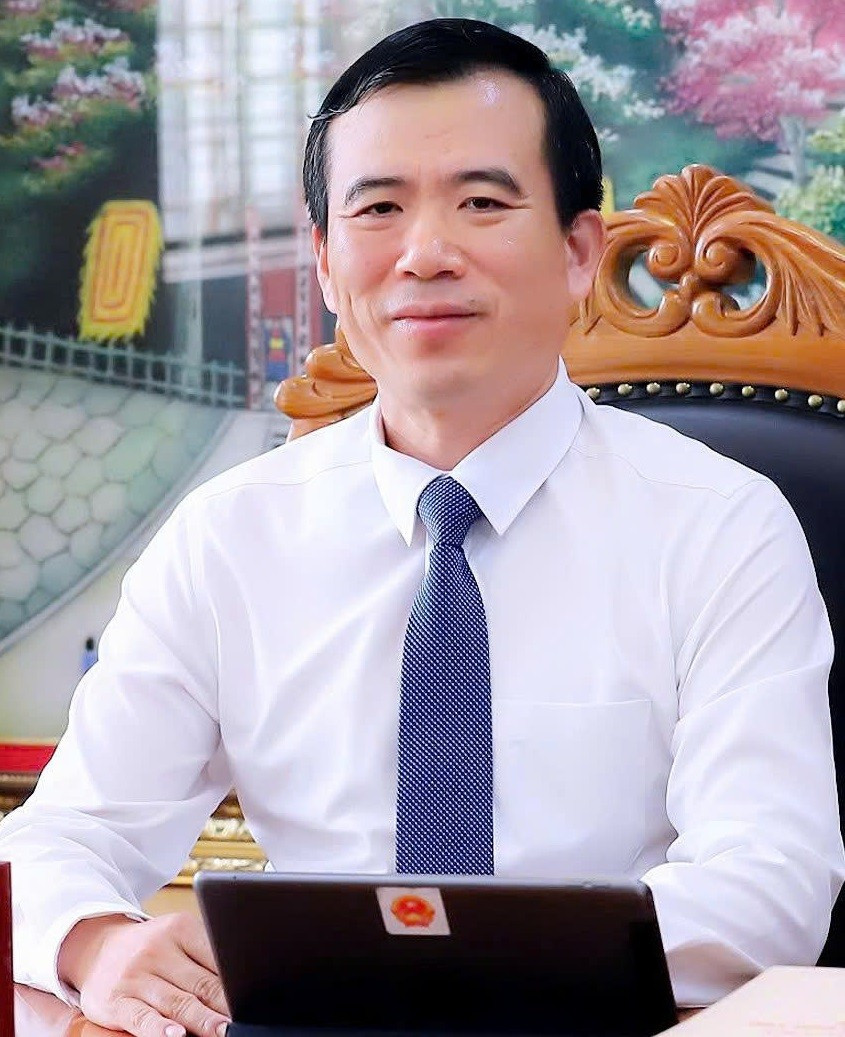
Our country is in a historic period of implementing a revolution to streamline the organization of the political system, merge administrative units at all levels and operate a two-level government apparatus. This is having a great impact, creating new momentum for all sectors and fields, including education and training.
First, organizing a two-level government apparatus (province and commune) will create unity in direction and administration and increase the effectiveness of educational management. Instead of having to go through the district level, the direction system from the Department of Education and Training to communes, wards and schools will now become more direct and transparent. This will reduce the overlap and dispersion of responsibilities between local authorities in educational direction, creating favorable conditions for performing professional tasks faster, more synchronously and uniformly.
Restructuring the school network in a reasonable, effective and practical way that is consistent with the population's reality helps to re-plan the school network in a scientific way, avoiding fragmentation and waste of resources (like many small schools in the same area). Focusing on investing in facilities and teaching equipment for key schools, improving the quality of teaching and learning. Supporting the organization of inter-level and multi-level school models, especially in rural and mountainous areas, helps to reduce management costs, but still ensures the right to education for students.
When the administrative apparatus is streamlined, the resources saved from the apparatus (staffing, regular expenses) can be prioritized for further allocation to the Education sector such as: Renovating and upgrading school facilities; equipping modern teaching equipment; supporting policies for poor students and teachers in disadvantaged areas. At the same time, the rearrangement of schools and classes along with reasonable staff reduction helps to rebalance the teaching staff according to the actual needs of each region, avoiding local surpluses and shortages. Creating opportunities to select and reassign qualified and competent managers and teachers, gradually replacing those who do not meet the requirements.
Streamlining the apparatus means restructuring the leadership and management team in the education sector. Only those with sufficient qualities, capacity and prestige will be selected. When the management apparatus is reduced in quantity but increased in quality, state management agencies and schools have the conditions to focus on improving the professionalism and quality of the education management staff.
Recently, Resolution No. 142/2025/ND-CP regulating the division of authority of two-level local governments in the field of State management of the Ministry of Education and Training has expanded the scope and granted more autonomy to the People's Committees at the provincial and communal levels. Thereby, increasing autonomy, creativity, self-responsibility, and practical management, suitable to local characteristics.
This helps organizations implement educational tasks and policies more effectively, minimizing overlaps and shortcomings in management. Strongly promote the mechanism of "autonomy - self-responsibility" at educational institutions, especially in the context of innovation in general education programs and digital transformation of the education sector. Schools can be more proactive in organizing teaching and learning, using finance and human resources, and improving the quality of comprehensive education.
When the apparatus is streamlined, it requires innovation in leadership thinking, management methods and operations; strong application of science and technology, digital transformation to reform administration, save time, reduce labor costs to improve work efficiency. This creates an opportunity to promote the education sector to digitally transform more deeply in management and teaching.
Streamlining the political system, merging administrative units and reorganizing the two-level government apparatus brings about a more effective, flexible and substantial management ecosystem. The education sector not only benefits in terms of administration, but also has great opportunities for extensive reform, comprehensive quality improvement, adaptation to the context of digital transformation and fundamental and comprehensive education innovation. The important thing is that in addition to the advantages, the sector needs to proactively adapt, be ready to innovate in organization and operation to maximize the opportunities that the process of streamlining the apparatus brings.
Mr. Nguyen Tan - Director of the Department of Education and Training of Hue City: Timely remove obstacles directly from the grassroots level
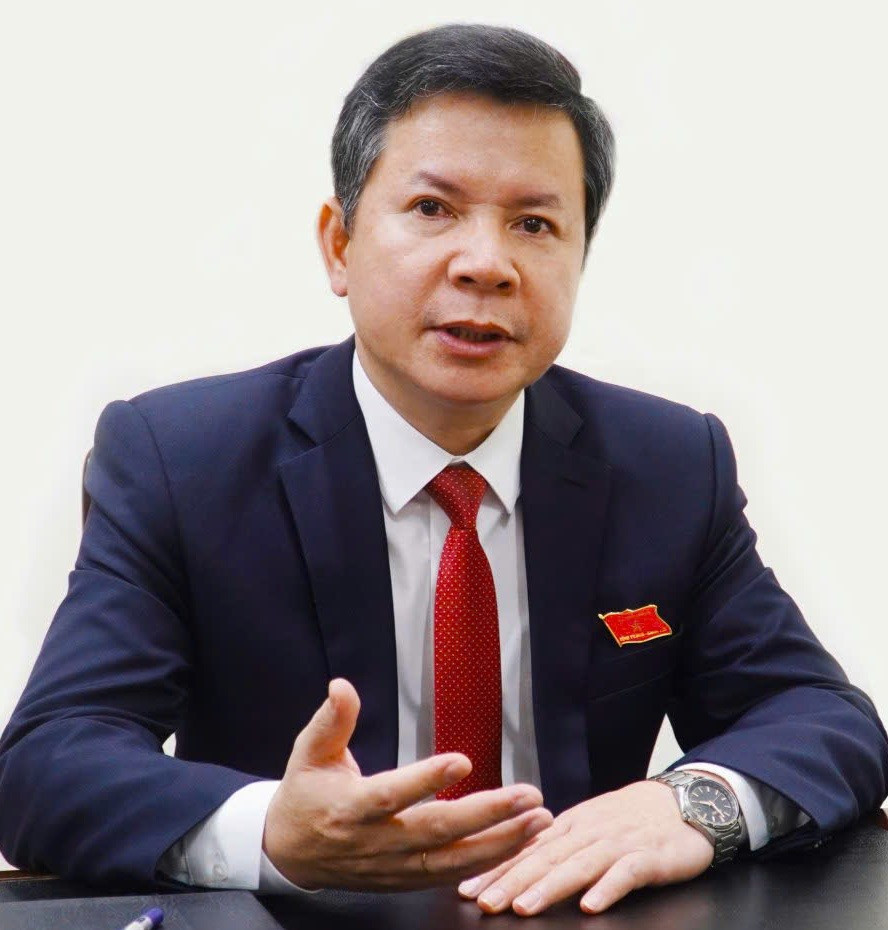
Education is the cause of all people. The goal of education is to develop people comprehensively. The educational principle is student-centered, combining school, family and social education.
In the history of development, at each stage and period, Vietnamese education has made innovations and achieved certain achievements along with the development and innovation of the country, contributing positively to the common achievements on the path of building a democratic, equitable and developed Vietnamese state.
However, to achieve the development goal with the viewpoint of "Education development is the top national policy, investment in education is investment for development, the future", looking back we still see many bottlenecks and shortcomings that need to be removed and created. First of all, it is the lack of connection, interconnectivity in the system, the role of the management subject with the quality of training products; lack of unity between industry management and territorial management...
Shifting to State management with a two-tier local government model has challenges and many favorable opportunities.
Regarding challenges, the task of managing education in a wider area, directly on a larger scale, requires rapid adaptation of the organizational apparatus.
Regarding opportunities, implementing a two-tier government enhances the responsibility of specialized management agencies at the department level and state administration at the commune level, unlocking investment resources for education. Local state administrative management agencies ensure conditions for education development.
The professional agency is fully responsible for quality on the basis of ensuring in-depth management of expertise and the work of the teaching staff on the viewpoint that the quality of teachers determines the quality of education. Overcoming the problem of local surplus and shortage of teachers, the contradiction between the development of the school network and the population size, as well as the conditions of resources to ensure...
Implementing a two-level government, reducing the district level focal point, and for education, reducing education management at the department level. This is also an advantage for the department level expertise to be closer to the grassroots level, more practical; overcoming the limitation of issuing policies from the "cold room" and promptly guiding and removing obstacles directly from the grassroots level in performing professional tasks.
Solve the relationship well based on the principle of clear work, clear management roles, clear products, clear responsibilities, avoid overlapping and omission of work. At the same time, overcome the disease of achievements in education well, through the mechanism of mutual promotion and supervision of the two subjects of government management and professional implementation.
Centralized management helps increase the autonomy of educational institutions, creating conditions for the development of modern school administration; reviewing and rearranging the staff in a scientific manner, with enough people, the right people, the right job; at the same time, opening up development opportunities for individuals with the capacity to take on tasks and develop in a more professional and open environment. Expanding the area also allows schools to connect, share resources, experiences, and effective operating models; especially in autonomy and accountability when implementing the new General Education Program, digital transformation, and life skills education for students.
It can be said that if we solve well, with quality, relationships and overcome challenges, this is an opportunity for education to develop in quality and sustainability in the new period with many new opportunities from the Central Government's policies for education and training.
Ms. Le Thi Hong Anh - Vice Principal of Vo Van Kiet High School (HCMC): Unified and consistent direction, operation, inspection, and evaluation of educational activities' effectiveness

By merging administrative units, each locality will have a larger scale, a larger population, and more schools, which means a strong increase in the internal strength of the education sector. Especially when implementing a two-level government, it brings many positive benefits, helping to streamline the apparatus, reduce staff, increase management efficiency, and use facilities and personnel more effectively.
Specifically, the merger of provinces and cities in the country in general as well as the consolidation of Ho Chi Minh City, Ba Ria - Vung Tau and Binh Duong into Ho Chi Minh City (new) has helped reduce the number of management units, streamline the payroll, thereby reducing management costs and increasing operational efficiency. Notably, centralized management at the focal point helps to direct, operate, inspect and evaluate the effectiveness of educational activities to become unified and consistent.
In addition, merging can help make the most of the facilities and equipment of schools, ensuring that all schools, especially those in remote areas, have the best facilities to serve teaching and learning. At the same time, teachers can be flexibly coordinated to suit the requirements of each level of education.
In particular, the merger can create conditions for the development of unified educational programs and plans, interconnection between levels of education, strengthening professional activities, and training excellent teachers and students. Particularly for Ho Chi Minh City, after the merger, it will bring positive changes, creating opportunities for the education sector to improve quality, operational efficiency and expand scale, aiming to become a major educational center of the country.
In fact, in the early stages after the merger, besides the positive aspects, there may be some things that are not yet smooth, but during the operation process, there will certainly be adjustments and lessons learned towards the best results. With this new model, education development will be more effective, better and closer to the people. Besides reducing the number of intermediaries and the management team, it is a condition to select managers with the highest qualifications and expertise, especially those who are knowledgeable about digital transformation.
Mr. Nguyen Van Ngai - former Deputy Director of the Department of Education and Training of Ho Chi Minh City: Community strength, creating motivation for education to develop more strongly

I think that the organization of a two-level government is a major reform. This policy has been calculated and considered by the Party and the State, based on the reality of our country as well as effective models of countries around the world to apply in Vietnam. The merger in general and each sector in particular (including the Education sector) still focuses on timely and close response to the needs of the people.
Along with that is improving the quality of work in digital conditions to promote local development, contributing to the development of the whole country in each field, thereby contributing to the common good of the whole country. Of course, to do that, the key leadership staff of the Education sector is very important, must be interested in training and fostering in addition to personal efforts.
In fact, the merger of administrative units is not simply a change in administrative boundaries but also poses new requirements in the organization, management and development of many fields, including education. When implementing the two-level government model, education develops in the direction of clearer decentralization of management. Because, more than anyone else, the learning needs of children in communes and wards, the number of primary school students each year, no one knows better than the commune and ward, from which there are plans to build schools, classes... to meet the learning needs of the people.
I believe that when implementing a two-level government, the education sector will be more proactive and flexible in organizing and operating, ensuring quality, stable and long-term development in the new conditions. Localities will pay attention to attracting, training and developing the teaching staff, prioritizing investment in facilities and teaching equipment for schools that are lacking, especially supplementing teaching equipment according to the 2018 General Education Program. At the same time, continuing to pay attention to teachers' lives through the regular budget... Thereby, the education sector will have better conditions to continue improving quality and achieving the highest results.
The goal after the merger is to combine the strengths of the localities, because each place has its own strengths, now combining them into a common whole, thereby creating a driving force for education to develop more strongly. Of course, the implementation must have appropriate steps and roadmaps.
Before the merger, Ho Chi Minh City, Binh Duong, and Ba Ria - Vung Tau all achieved remarkable achievements in education construction and development, which is a favorable foundation for continuing to improve quality in the new period after the merger. Therefore, the new Ho Chi Minh City also needs to properly assess the strengths of each place and overcome the limitations, propose the needs to move forward, and from there have a specific plan to achieve the set goals.
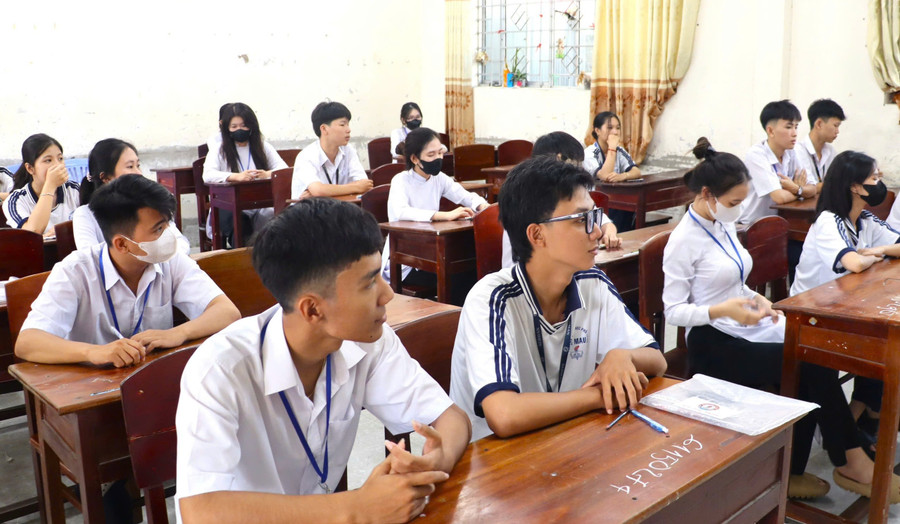
Source: https://giaoducthoidai.vn/34-tinh-thanh-sau-sap-nhap-co-hoi-moi-van-hoi-moi-cho-giao-duc-post740488.html



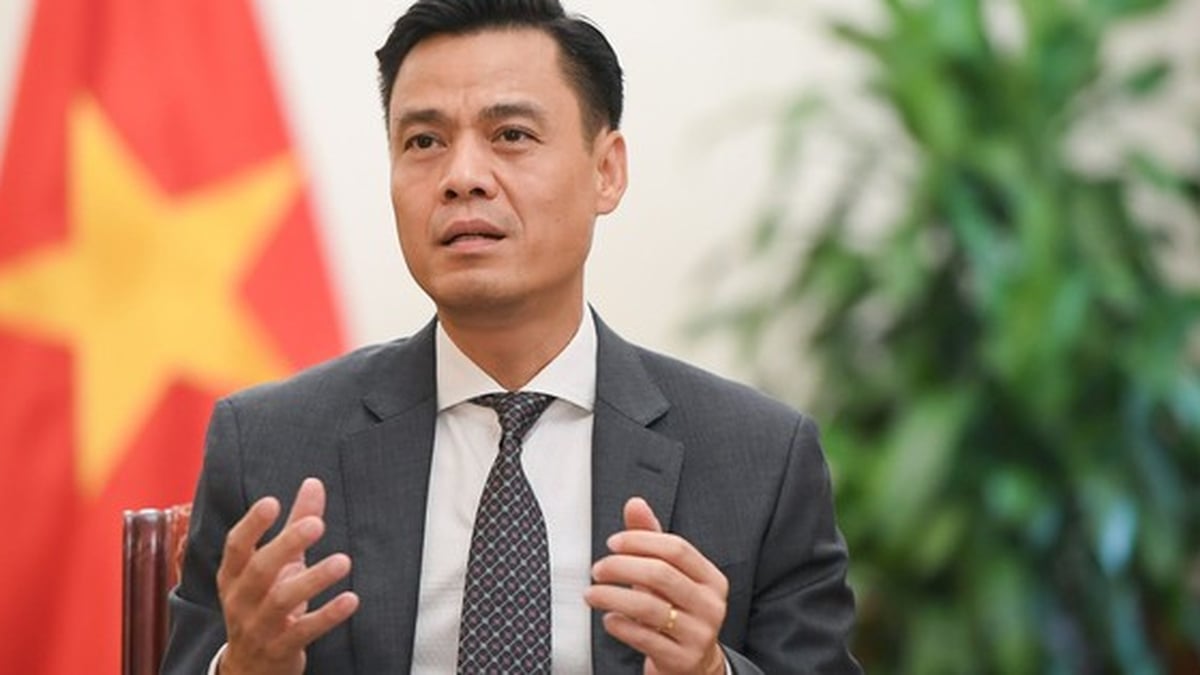
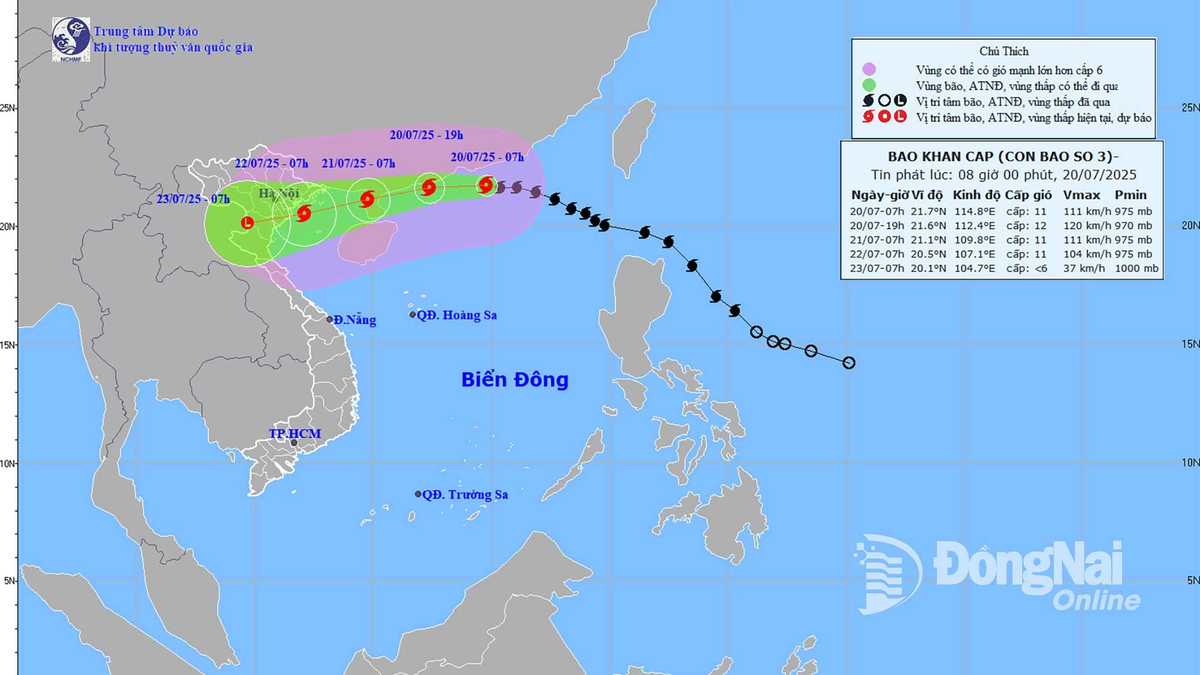
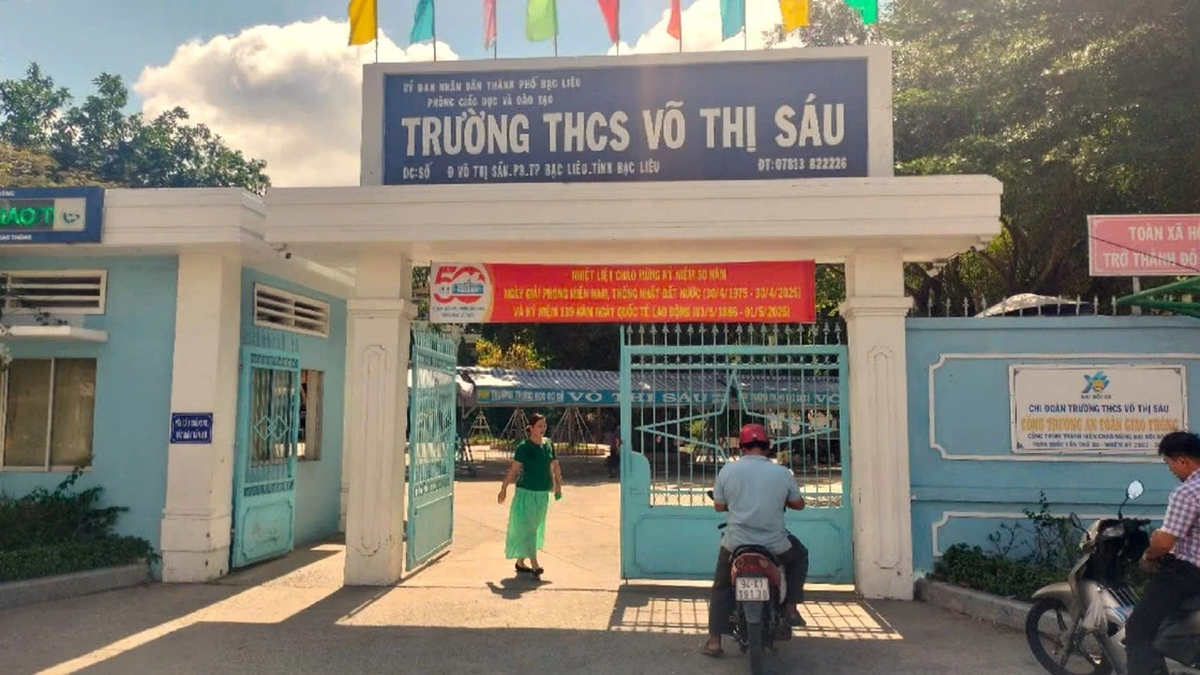


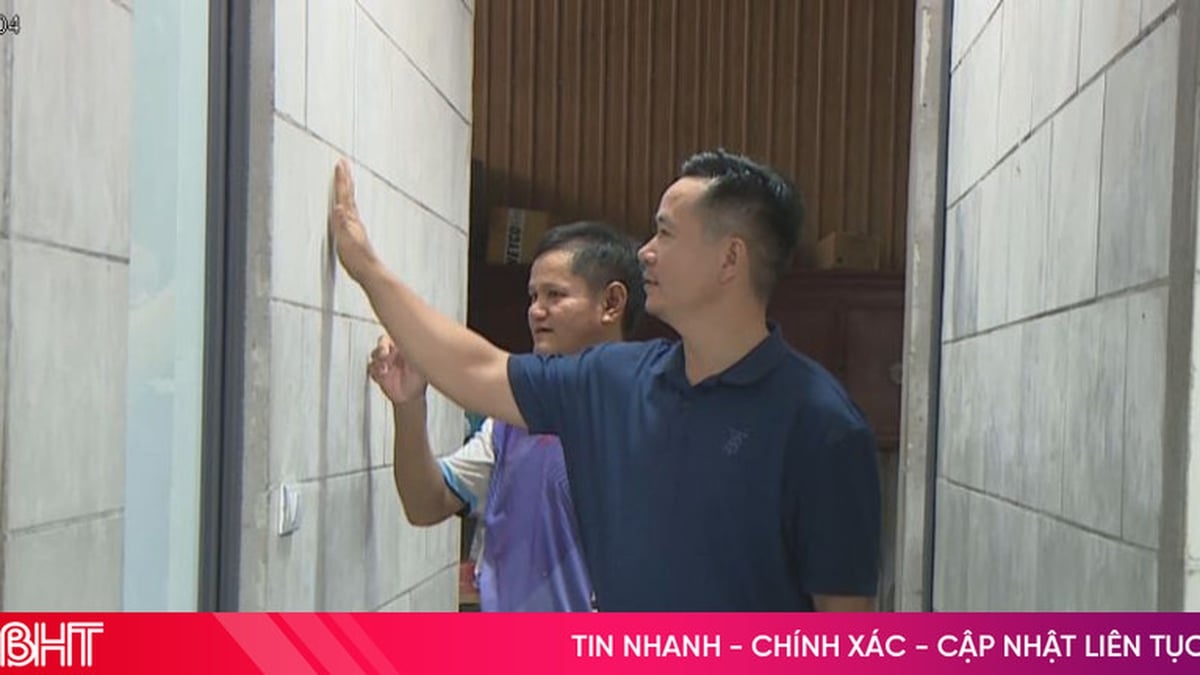

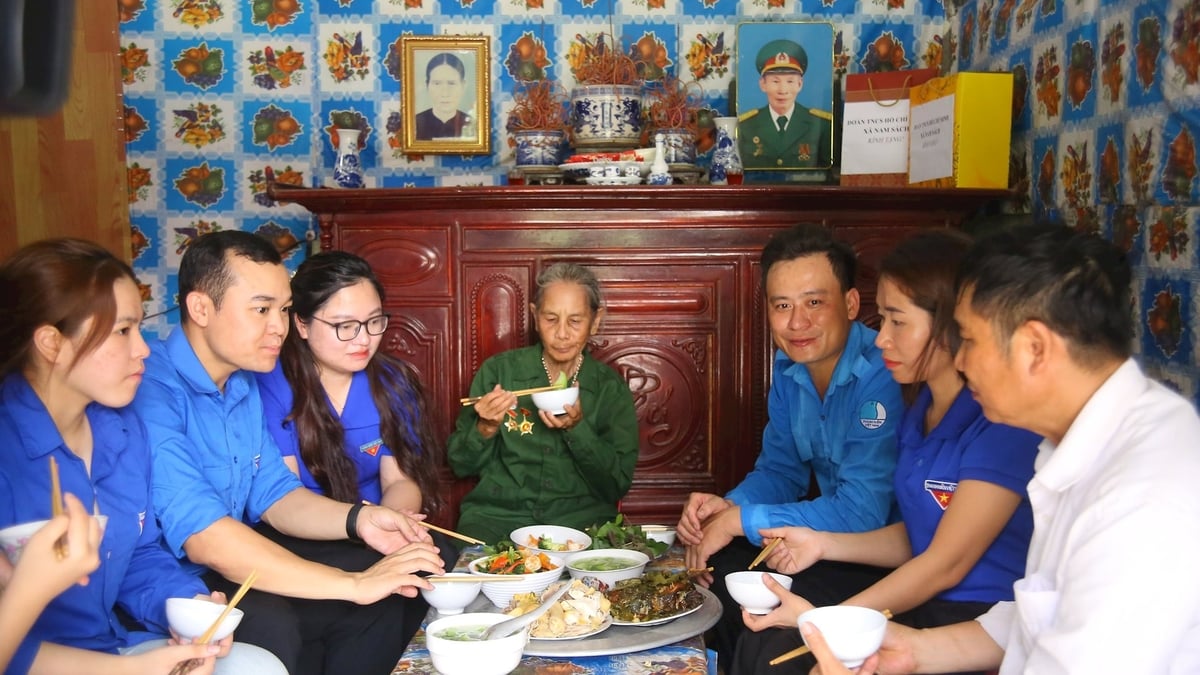
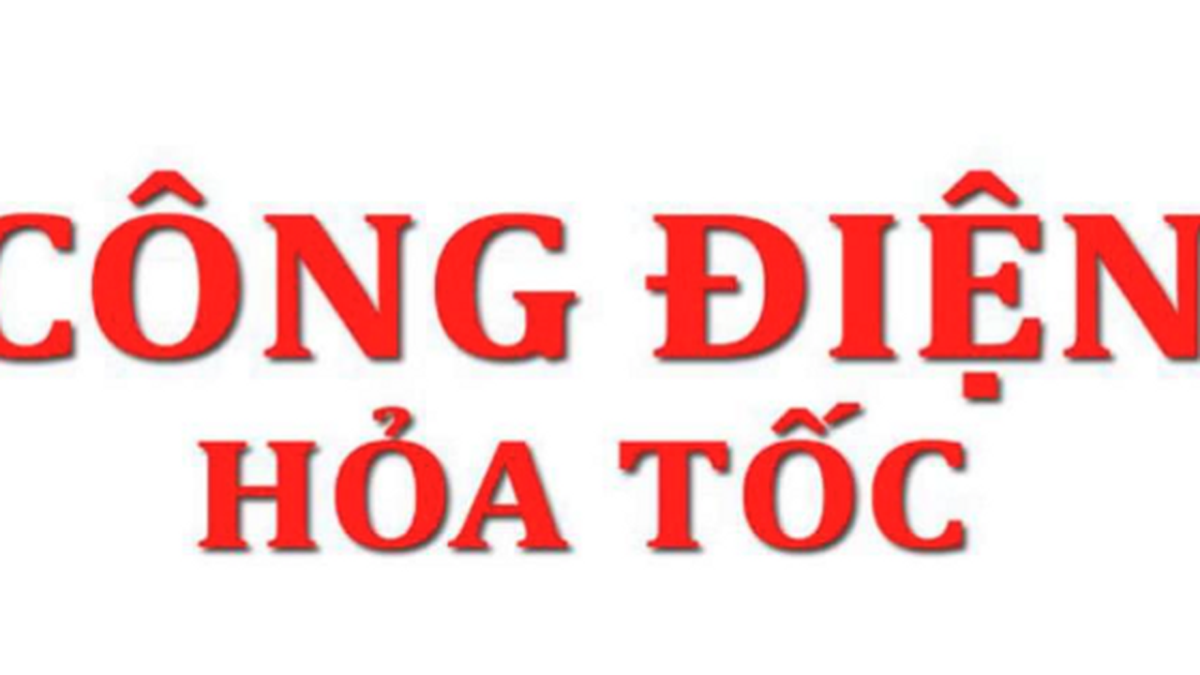

















































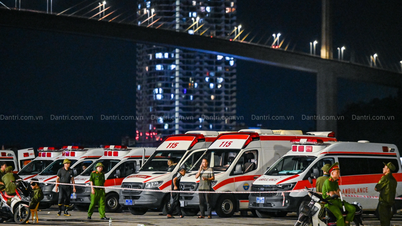
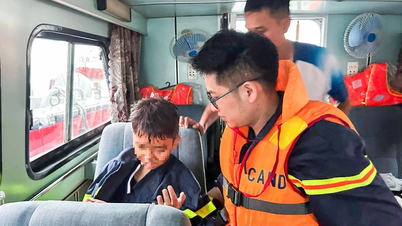





































Comment (0)